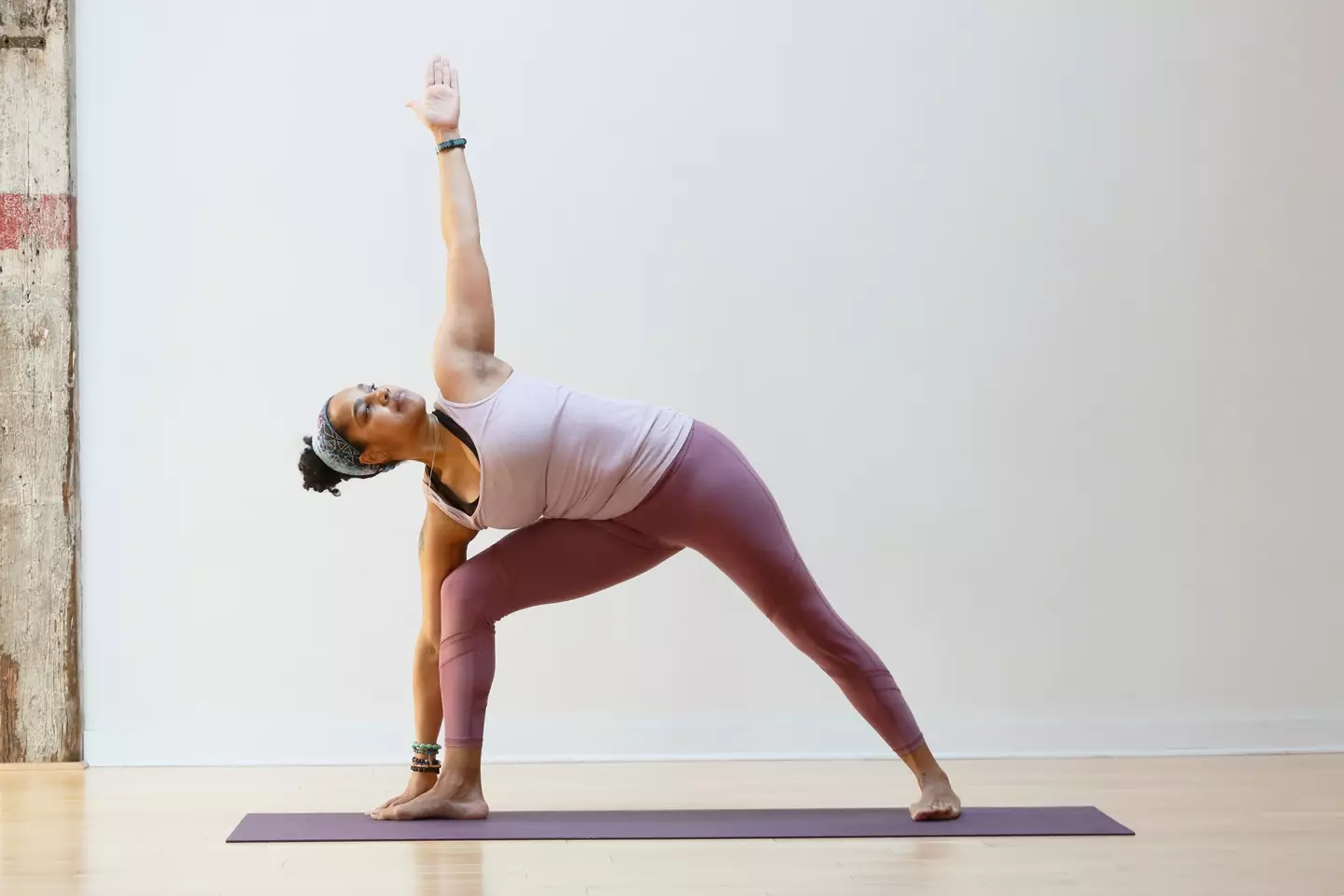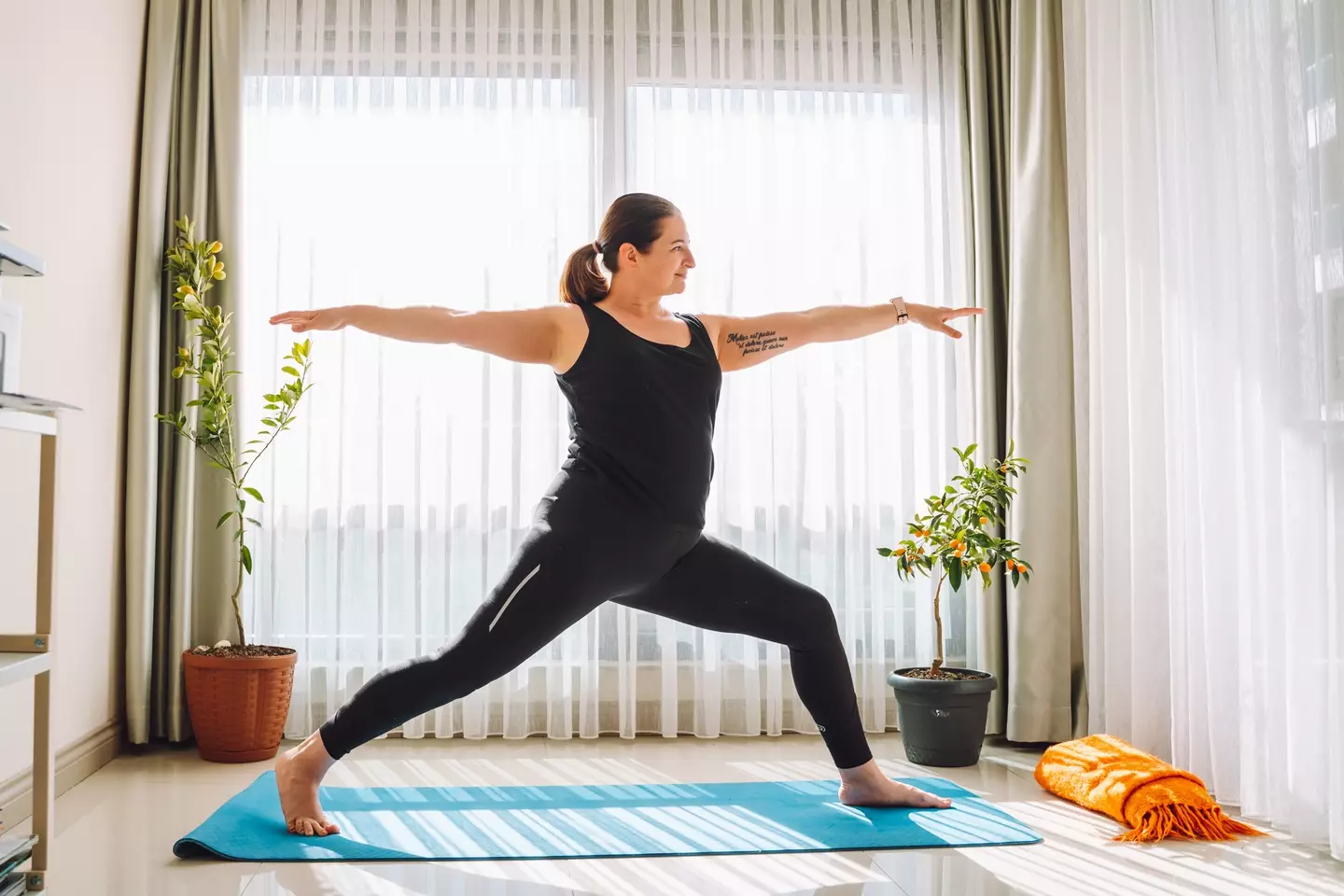Researchers believe they have uncovered a method to estimate someone’s lifespan using one critical factor.
It’s important to note that numerous factors can influence the length of time we have before we pass away.
Lifestyle choices play a significant role; this factor may not be helpful if you smoke heavily, consume junk food, and avoid exercise.

Genetics also matter; you might be extremely fit, but if you have a genetic predisposition to diseases such as cancer, then that’s unfortunate.
However, researchers in Brazil have identified a factor that might be a strong indicator of life expectancy—though it’s essential to remember that all other health factors remain relevant.
There are already methods to evaluate an individual’s risk for certain conditions, each with its own advantages and limitations.
For instance, Body Mass Index doesn’t consider factors like high muscle mass or pre-existing conditions.
Now, researchers have introduced another index—the ‘Flexindex’. Catchy!

As you might have guessed, this index measures someone’s joint mobility and what that might indicate about their general health.
Brazilian researchers evaluated the joint mobility score, the ‘Flexindex’, of 3,100 healthy middle-aged adults.
Participants were asked to perform a series of 20 different movements.
Sports medicine physician and study author Dr. Claudio Gil S. Araújo stated: “Being aerobically fit and strong and having good balance have been previously associated with low mortality. We were able to show that reduced body flexibility is also related to poor survival in middle-aged men and women.”

He continued: “To the best of our knowledge, this is the first cohort study to show that a reduced level of body flexibility … is related to higher mortality in a large middle-aged cohort of men and women.”
Researchers tracked study participants for about 13 years, during which nearly 10 percent of them, approximately 300 people, passed away.
Among those still alive at the end of the study, flexibility scores were nearly 10 percent higher compared to those who had died.
This indicated that participants with lower flexindex scores had an increased risk of dying during the study.
However, this pertains to dying during the study period; the overall risk of death remains at a definite 100 percent for everyone.

